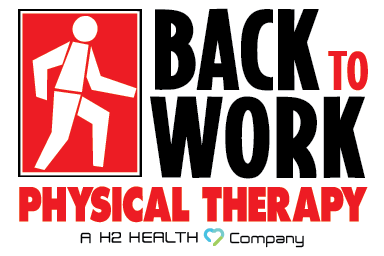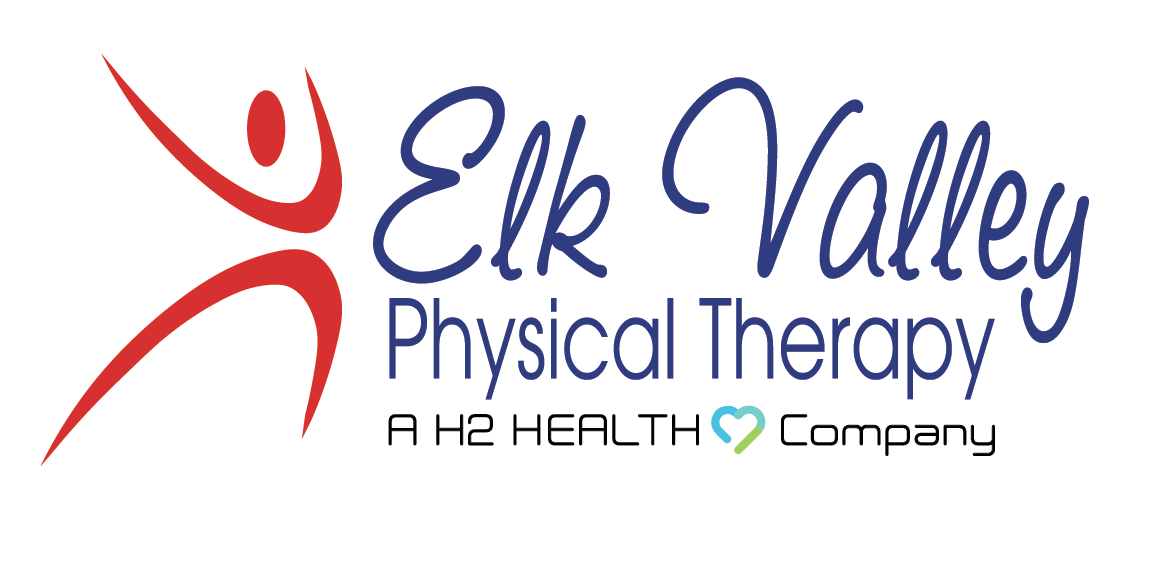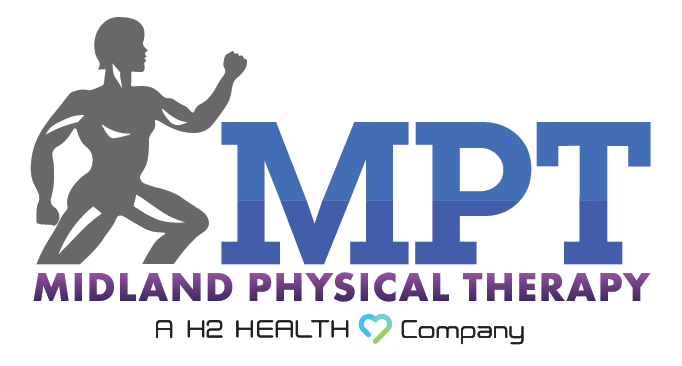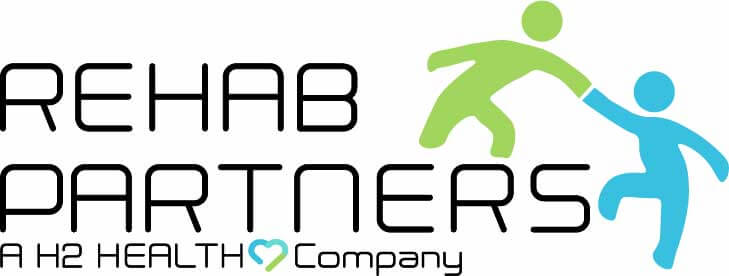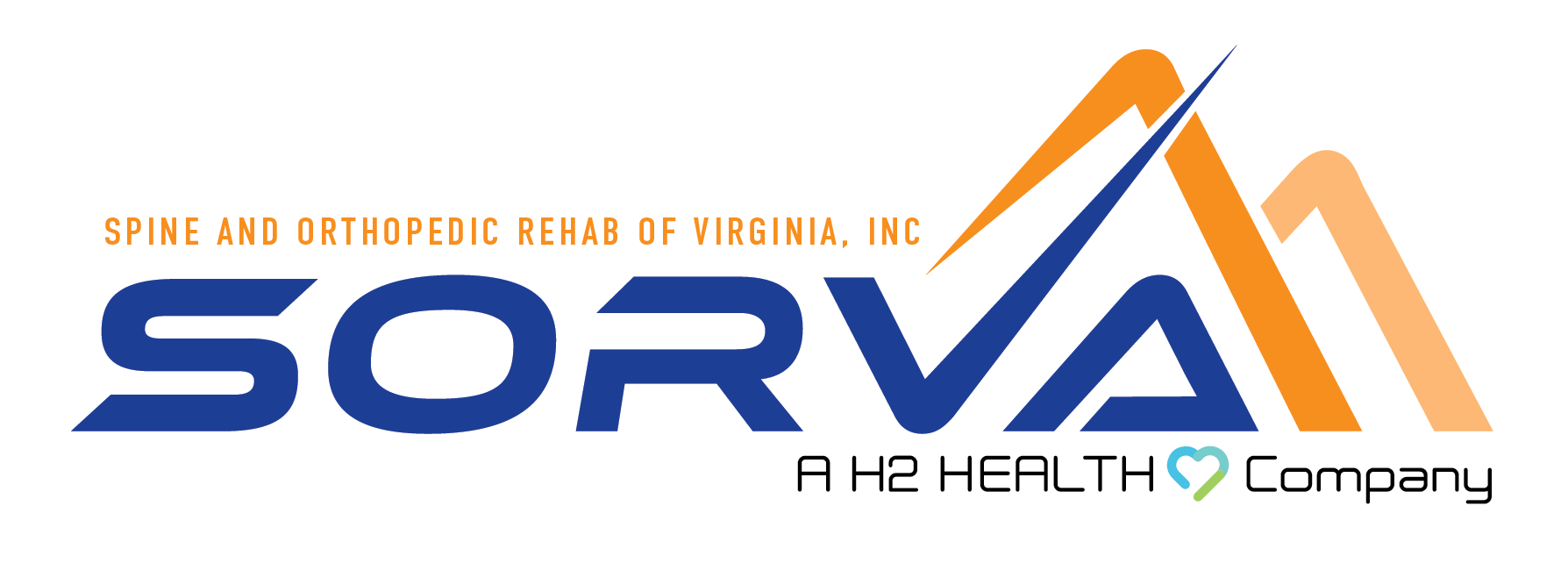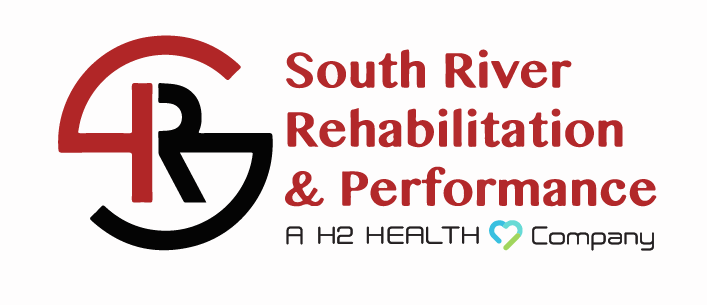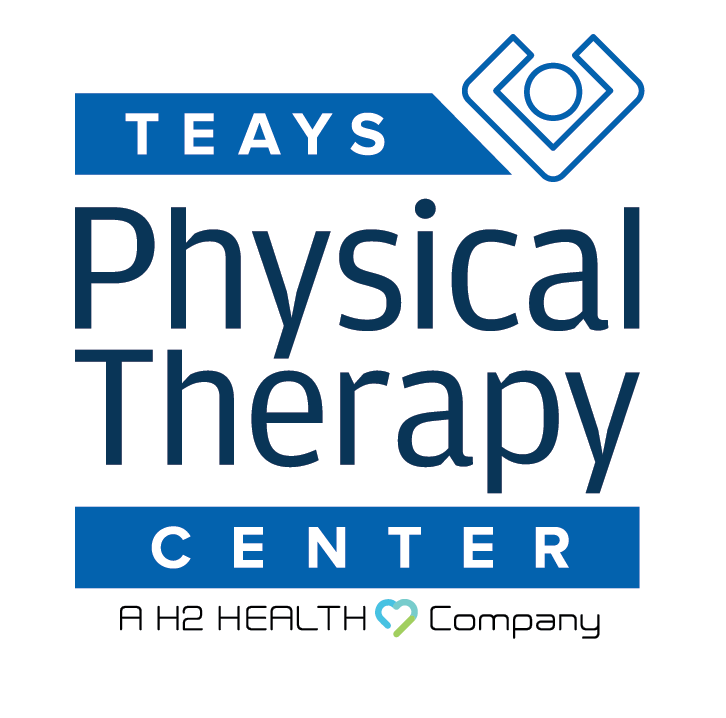
Modern sedentary lifestyles and lack of awareness often lead to poor mobility and, consequently, an increased risk of injuries. This is where functional movement screen (FMS) steps in, aiming to evaluate and improve the way we move.
Here’s a comprehensive guide to FMS, how it works, and its importance in your long-term health.
What is the Functional Movement Screen?
The FMS is a series of seven tests that challenge an individual’s ability to perform basic movement patterns. These patterns mimic everyday actions like squatting, stepping, or reaching, and are fundamental to our daily activities as well as athletic performance.
The beauty of the FMS lies in its simplicity. It focuses on the quality of movements using a simple scoring system. The goal isn’t to achieve a perfect score but to identify asymmetries or limitations that could potentially lead to injuries.
How Does It Work?
Each of the seven tests in the functional movement screen assesses different aspects of mobility and stability. These include the deep squat, trunk stability push-up, hurdle step, in-line lunge, shoulder mobility, active straight leg raise, and rotary stability test.
1. Deep Squat
This test evaluates the bilateral, symmetrical, and functional mobility of the hips, knees, and ankles. The individual stands with their feet shoulder-width apart and holds a dowel or stick over their head with both hands. They then squat as low as possible while keeping their heels on the ground, chest up, and the dowel directly above their feet.
2. Hurdle Step
The hurdle step test assesses the mobility and stability of the hips, knees, and ankles in a slightly different way compared to the deep squat. The individual stands with their feet together and a hurdle aligned with their knees.
The individuals lift one leg over the hurdle and touch their heel to the ground, maintaining balance, then return to the starting position.
3. In-line Lunge
This test measures hip and ankle mobility and stability, quadriceps flexibility, and knee stability. The individual steps forward into a lunge position with the heel of the front foot aligned with the toe of the back foot, while holding a dowel behind their back.
4. Shoulder Mobility
The shoulder mobility test assesses bilateral shoulder range of motion, combining internal rotation with adduction (movement of a limb toward the midline of the body) and external rotation with abduction (movement of a limb away from the midline of the body).
The individual places one hand over their shoulder and the other hand up their back from below, trying to get their hands as close together as possible.
5. Active Straight Leg Raise
The active straight leg raise tests the individual’s ability to flex the hip while keeping the opposite hip extended without moving the spine. The individual lies flat on their back and lifts one leg with the knee straight while keeping the other leg flat on the ground.
6. Trunk Stability Push-up
This test measures the stabilization capabilities of the core muscles. The individual begins in a prone position (lying flat with the chest down and back up) and performs a push-up, maintaining a rigid torso and spine alignment.
7. Rotary Stability Test
The rotary stability test assesses multi-plane trunk stability during a combined upper and lower extremity movement. The individual starts on all fours, then extends an arm and the opposite leg simultaneously, then brings the elbow and knee together.
Physical therapists administer these tests, observing for signs of imbalance, instability, or restricted movements. Each test is scored on a scale from 0 to 3, with 3 indicating optimal movement, 2 for acceptable movement with some compensations, 1 for insufficient movement, and 0 if there is pain during the movement.
The scores from each test are then compiled to give an overall score that can guide the physical therapy intervention. A lower score may indicate a higher risk of injury, and specific low scores can highlight which areas need improvement.
Why is the Functional Movement Screen Important in Physical Therapy?
Functional Movement Screen plays a crucial role in physical therapy for several reasons:
- Injury Prevention: By identifying the weak links in movement patterns, physical therapists can develop targeted interventions to address these issues, thereby reducing the risk of injury.
- Performance Enhancement: The FMS can also highlight areas of potential performance improvement. By addressing these areas, individuals can enhance their athletic performance or simply make daily activities easier and more efficient.
- Individualized Treatment Plans: The results from the FMS can help physical therapists design personalized treatment plans that address the unique needs of each individual.
- Progress Tracking: Repeated FMS assessments can track progress over time, providing tangible evidence of improvement or highlighting areas requiring further intervention.
Physical Therapy at H2 Health
At H2 Health, we understand how essential mobility is to your overall health and well-being. That’s why we offer the functional movement screen (FMS) as part of our comprehensive physical therapy services.
Based on the results of FMS, our physical therapists will develop a detailed, personalized physical therapy plan focused on improving your physical performance and preventing injuries.
Start your journey towards better mobility today by calling us at (800) 699-9395 or visiting our clinic near you. We look forward to serving you!











